- No products in the cart.
Diclofenac injection 25mg / ml amp 3ml 5 pieces Grotex Ltd.
$2.13
Diclofenac injection 25mg / ml amp 3ml 5 pieces Grotex Ltd.
SKU: 0461944384 Categories: Joints and muscles, Medicaments, Pain and inflammation Tags: ampoule, Grotex Ltd.
Description
Composition
Active substance:
1 ml solution contains:
Diclofenac Sodium – 25 mg.
Excipients:
Mannitol – 6 mg propylene glycol – 200 mg of benzyl alcohol – 40 mg of sodium disulfite – 0.6 mg Sodium hydroxide solution 1 M – to pH 7,8-8,8 Water for injection – up to 1 ml.
Description:
Clear, colorless or slightly yellowish liquid with a slight tinge spetsifi- cal odor.
Product form:
Solution for intramuscular administration of 25 mg / ml.
3 ml vials in a low density polyethylene or polypropylene, or into ampoules of a colorless or colored glass.
5 or 10 vials of low density polyethylene or polypropylene, together with instructions for use in a stack of cardboard.
5 vials made of glass in blisters of PVC film with a polymer film or with a lacquered aluminum foil, polymeric film or without foil and aluminum lacquered or in (prefabricated) form of cardboard with cells for stacking ampoules.
1 or 2 or blisters form of cardboard with ampoules of glass together with instructions for use and a lancet ampulnam or without skarifika- torus ampoule in a stack of cardboard.
Contraindications
Hypersensitivity (including to other. NSAIDs or auxiliary components), erozivno- ulcerative lesions of the gastrointestinal tract (exacerbation), bleeding from the gastrointestinal tract, inflammatory bowel disease, expressed pe- chenochnaya failure, liver disease acute period expressed renal impairment (creatinine clearance less than 30 mL / min), hyperkalemia, full or non-full syndrome intolerance of acetylsalicylic acid (rhinosinusitis, krapivni- tsa, polyps, nasal mucosa, bronchial asthma, in znikayuschaya when receiving atsetilsalitsi- lovoy acid or other NSAIDs), breach of hemopoiesis, hemostatic disorders (including hemophilia), pregnancy, infancy (up to 18 years), lactation, since the aortocoronary bypass, with increased risk of ap – ter thrombosis and thromboembolism, congestive heart failure, ishe- nomic heart disease, peripheral artery disease and cerebrovascular disease.
Carefully
Hypertension, edema syndrome, peripheral arterial disease, dyslipidemia, diabetes, anemia, asthma, defects gemosta- System, with the risk of cardiovascular thrombosis (including myocardial infarction and stroke), po- Chechnev failure (clearance creatinine 30-60 ml / min), alcoholism, erozivno- ulcerative diseases of the gastrointestinal tract without exacerbation, Helicobacter pylori infection, diverticulitis, a condition after major surgery, induced by highly porphyria, advanced age, smoking, heavy SOMAT of sul disease Cu stemnye connective tissue disease, long-term use of nonsteroidal anti-inflammatory drugs.
Care must be taken when used in patients with seasonal allergic rhinitis, swelling of the nasal mucosa (including with nasal polyps), chronically infectious respiratory diseases (particularly associated with allergic symptoms rinitopodobnymi).
Be particularly careful when using diclofenac in patients po- current radiation drugs that increase the risk of gastrointestinal bleeding: nye systemic corticosteroids (including prednisone), anticoagulants (including warfarin), antia- greganty (in including acetylsalicylic acid, clopidogrel) or selective inhibitors of serotonin reuptake (including citalopram, fluoxetine, paroxetine, sertraline).
Dosage
25 mg / ml
Indications
For short-term treatment of pain of various genesis, moderate intensity: diseases of the musculoskeletal system (rheumatoid arthritis, psoriatic sky, juvenile chronic arthritis, ankylosing spondylitis; podag- nonstoichiometric arthritis, rheumatic soft tissue, osteoarthritis iCal peripheral joints and spine (including including radicular syndrome), lumbago, sciatica, neuralgia; algomenorrhea, inflammatory pelvic organs, including adnexitis, posttraumatic pain, accompanied by in scorched, post-operative pain.
The drug is intended for the symptomatic therapy reduce pain and inflammation at the time of use, does not affect the progression of the disease.
Interaction with other drugs
Increasing the concentration of digoxin in plasma of methotrexate drugs lithium and tsiklos- porin.
Reduces the effect of diuretics, potassium-sparing diuretics in the background increases the risk gi- perkaliemii; against the background of anticoagulants, thrombolytic agents (alteplase, streptococci kinase, urokinase) – the risk of bleeding (usually from the gastrointestinal tract).
Reduces the effect of antihypertensive and hypnotic drugs.
It increases the likelihood of side effects of other non-steroidal drugs tivovospalitelnyh pro- and glucocorticosteroid means (bleeding in zhe ludochno-intestinal tract), the toxicity of methotrexate and cyclosporine nephrotoxicity.
Acetylsalicylic acid reduces the concentration of diclofenac in the blood.
Simultaneous use of paracetamol increases the risk of nefrotoksiche- Sgiach effects of diclofenac.
Reduces the effect of hypoglycemic agents.
Cefamandole, cefoperazone, cefotetan, valproic acid and increase the incidence plicamycin hypoprothrombinemia.
Cyclosporine and preparations of gold increases the effect of diclofenac on the synthesis prostoglan- Dinov kidney that increases the nephrotoxicity.
Simultaneous with the appointment ethanol, colchicine, corticotropin, selective serotonin reuptake inhibitors, and drugs St. John’s wort increases the risk of bleeding different Vitia in the gastrointestinal tract.
Diclofenac enhances the action of drugs that cause photosensitization.
Drugs that block tubular secretion, increase the concentration of diclofenac in plasma, thereby increasing its toxicity.
Diclofenac has antiprostaglandinovoe action, so it is not recommended pri- diclofenac for 8-12 days after mifepristone.
Overdose
symptoms:
Vomiting, dizziness, headache, shortness of breath, dizziness, children – myoclonic seizures, nausea, vomiting, abdominal pain, bleeding, disorders of liver and kidney function, respiratory depression, coma.
Treatment:
Symptomatic therapy, the crossing of diuresis.
Hemodialysis is ineffective.
pharmachologic effect
Pharmacological group:
Nonsteroidal anti-inflammatory drug (NSAID). ATC code: M01AV05.
Pharmacodynamics:
Diclofenac possesses anti-inflammatory, analgesic and antipyretic action. Non-selectively inhibiting cyclooxygenase 1 and 2, it gives the arachidonic acid metabolism, reduces the amount of prostaglandins in inflammation. When rev- somatic diseases and anti-inflammatory action analgiziruyuschee diklofe- naka contributes to a significant reduction in the severity of pain, morning skovanno- STI, swelling of the joints, which improves the functional state of the joint. Max When trauma, postoperative diclofenac reduces pain and inflammatory-inflammatory edema.
Pharmacokinetics:
Suction
After intramuscular administration of diclofenac its absorption begins immediately.
Maximum plasma concentration (Cmax), the mean value of which is about 2.5 .mu.g / ml (8 mmol / L) is reached after about 20 minutes. Intake of the active substance is in linear dependence on the dose of the drug.
area size under the curve “concentration-time» (AUC) following intramuscular administration of diclofenac about 2 times higher than after oral or rectal administration, since in the latter cases about half the amounts of diclofenac metabolized during the “first pass” through the liver.
pharmacokinetic parameters are not changed by subsequent administration of the drug.
Subject to the recommended interval between the introduction of the drug cumulation lyatsii not marked.
Distribution
Contact with serum proteins – 99.7%, preferably albumin (99.4%).
Apparent volume of distribution is 0,12-0,17 l / kg.
Diclofenac penetrates into the synovial fluid, where its maximum concentration is reached at 2-4 hours later than in blood plasma. Apparent half-life (T1 / 2) of the synovial fluid is 3-6 hours. After 2 hours after attain maximum plasma concentration of diclofenac concentration in synovial fluid than in plasma, and its values are higher for the periods of time up to 12 hours.
Metabolism
Metabolism of diclofenac is achieved partly by glucuronidation same molecule but, preferably, by single and multiple hydroxy lation and methoxylation, that leads to formation of several phenolic metabolites (3-hydroxy-, 4-hydroxy-, 5-hydroxy-, 4, 5-dihydroxy-3-hydroxy-4- metoksidiklofenaka), most of which is converted to glucuronide conjugates
3 you. Two phenolic metabolites are biologically active, but to a much lesser degrees of either than diclofenac. The metabolism of the drug is involved isoenzyme CYP2C9.
breeding
Total systemic plasma clearance of diclofenac is 263 + 56 ml / min.
The final T1 / 2 of 1-2 hours. T1 / 2 4-metabolites, including two pharmacologically active as well, and short duration of 1-3 hours. One of the metabolites, 3- hydroxy-4-metoksidiklofenak, has a longer T1 / 2, however, this is completely inactive metabolite.
About 60% of the dose is displayed through the kidneys as glucuronic conjugates unchanged active substance, as well as metabolites, most of which also represent glucuronic conjugates. In unaltered output of less than 1% of diclofenac. The remainder of the dose excreted as metabolites whose zhel-.
Pharmacokinetics in specific patient groups
The pharmacokinetic parameters of diclofenac in elderly patients has not changed.
In patients with impaired renal cumulation unchanged active substance function is not marked in compliance with the recommended dosing regimen. If creatinine clearance less than 10 mL / min calculated equilibrium concentrations of diclofenac gidroksimetabolitov approximately 4-fold higher than in healthy volunteers, the metabolic output includes exclusively with bile.
In patients with chronic hepatitis or compensated cirrhosis pokaza- Teli pharmacokinetics of diclofenac are similar to those in patients without liver disease.
Diclofenac passes into breast milk.
Pregnancy and breast-feeding
The drug is contraindicated during pregnancy (see. Section “Contraindications”). Infor- mation on the use of the drug diclofenac during pregnancy is not available.
Diclofenac should not be taken during breast-feeding (see. Section “Proti- vopokazaniya”). Diclofenac passes into breast milk.
Conditions of supply of pharmacies
Prescription.
side effects
To assess the frequency of adverse reactions diclofenac (lekar- various governmental forms), following gradation used: “very often”> 1/10; “Often” by> 1/100 to 1/1000 to 1/10000 to
On the part of the digestive tract:
Often – epigastric pain, nausea, vomiting, diarrhea, dyspepsia, flatulence, anorexia, increased transaminases; rarely – gastritis, proctitis, bleeding from zhe ludochno-intestinal (GI) tract (vomiting blood, melena, diarrhea mixed with blood), you ulcerative gastrointestinal (with or without bleeding or perforation), hepatitis, jaundice, abnormal liver function ; very rarely – stomatitis, glossitis, esophagitis, nonspecific hemorrhagic colitis, exacerbation of ulcerative colitis or Crohn’s disease, constipation, pancreatitis, fulminant hepatitis, hepatorenal syndrome.
From the nervous system:
Often – headache, dizziness; rarely – drowsiness; very rarely – a violation of sensitivity (including paraesthesia), memory disturbances, tremors, seizures requir- wog, cerebrovascular disorders, aseptic meningitis, confusion, depression, insomnia, “nightmarish” dream, irritability, personality disorders.
From the senses:
Often – vertigo; very rarely – blurred vision (blurred vision, diplopia), impaired hearing, tinnitus, taste disturbance.
For the skin:
Often – skin rash; rarely – urticaria; very rare – bullous rash, erythema, including multiforme and Stevens-Johnson syndrome, Lyell’s syndrome, eksfoliativ- ny dermatitis, itching, hair loss, photosensitivity, purpura, including allergic Ceska.
With the genitourinary system:
Very rarely – acute renal failure, hematuria, proteinuria, interstitial ny nephritis, nephrotic syndrome, papillary necrosis.
From the side of hematopoiesis:
Very rarely – thrombocytopenia, leukopenia, hemolytic and aplastic anemia, agranulocytosis, eosinophilia.
The respiratory system:
Rarely – asthma (including dyspnoea), coughing, laryngeal edema; very rarely – pneumonitis.
Cardio-vascular system:
Very rarely – palpitations, chest pain, high blood pressure, vasculitis, heart failure, myocardial infarction.
Allergic reactions:
Rarely – anaphylactic / anaphylactoid reactions, including marked reduction of the arterial pressure and shock; very rarely – angioneurotic edema (including facial).
Other:
Often – irritation at the injection site; very rarely – an abscess at the injection site; rarely – swelling.
special instructions
To reduce the risk of adverse events, use the lowest effective dose of diclofenac lowest possible short course. Long-term therapy with diclofenac and therapy with the use of high doses can lead to an increasing risk of serious cardiovascular thrombotic events (including the myocardial infarction and stroke).
Effects on ability to drive vehicles and mechanisms:
Patients suffering from vertigo and other disorders of the central nervous system, in the period of treatment should refrain from driving and the PA boats with dangerous machinery.
Storage conditions
At a temperature not exceeding 25 C. Keep out of reach of children.
Dosing and Administration
Injected deep intramuscularly. The single dose for adults – 75 mg (1 ampoule). If necessary, repeated administration is possible, but not sooner than 12 hours.
Duration of not more than 2 days, if necessary further move to pe- roralnoe or rectal diclofenac.
Information
Appearance may differ from that depicted in the picture. There are contraindications. You need to read the manual or consult with a specialist
Additional information
| Weight | 0.100 kg |
|---|---|
| Manufacturer | Grotex Ltd. |

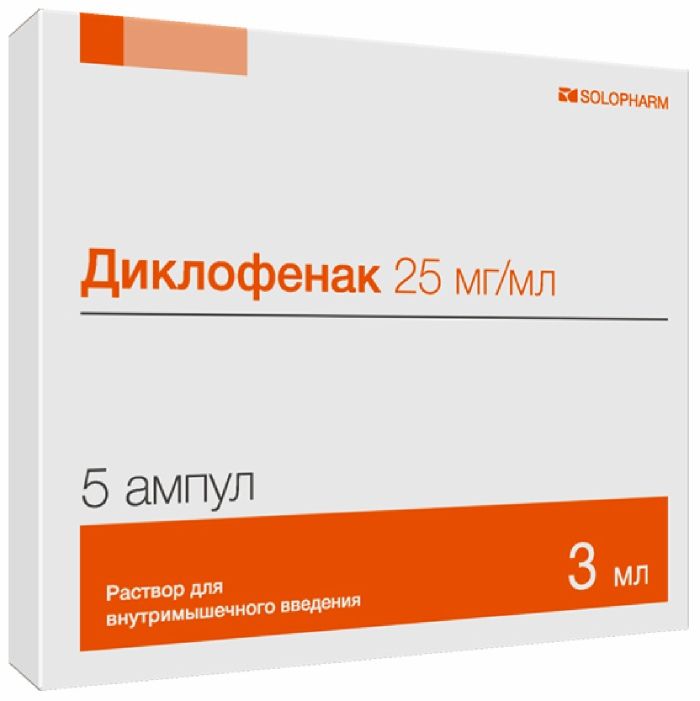
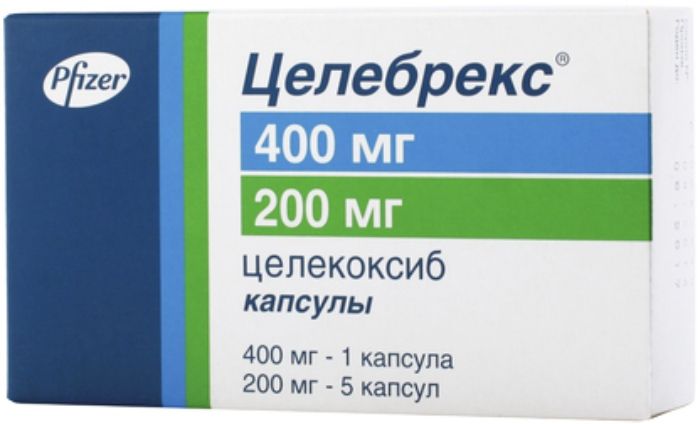
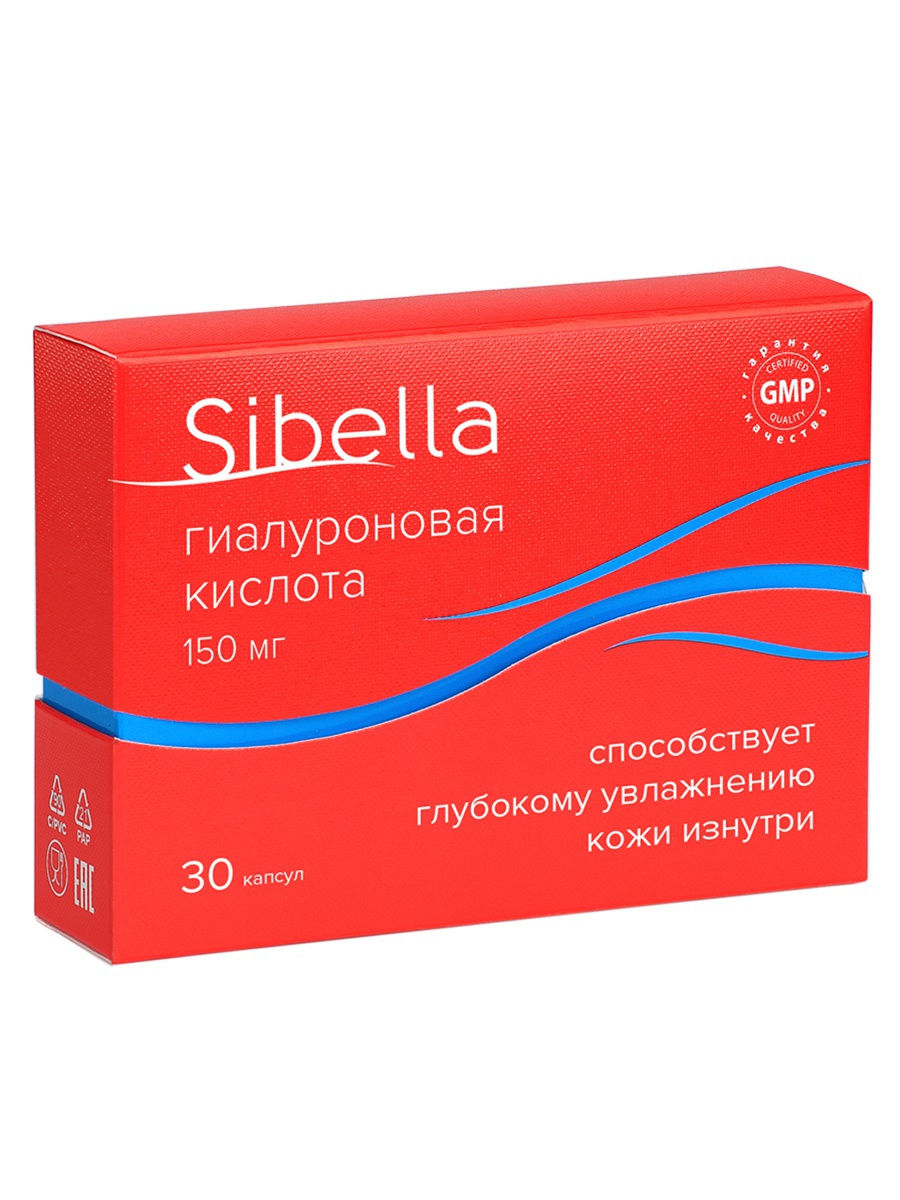
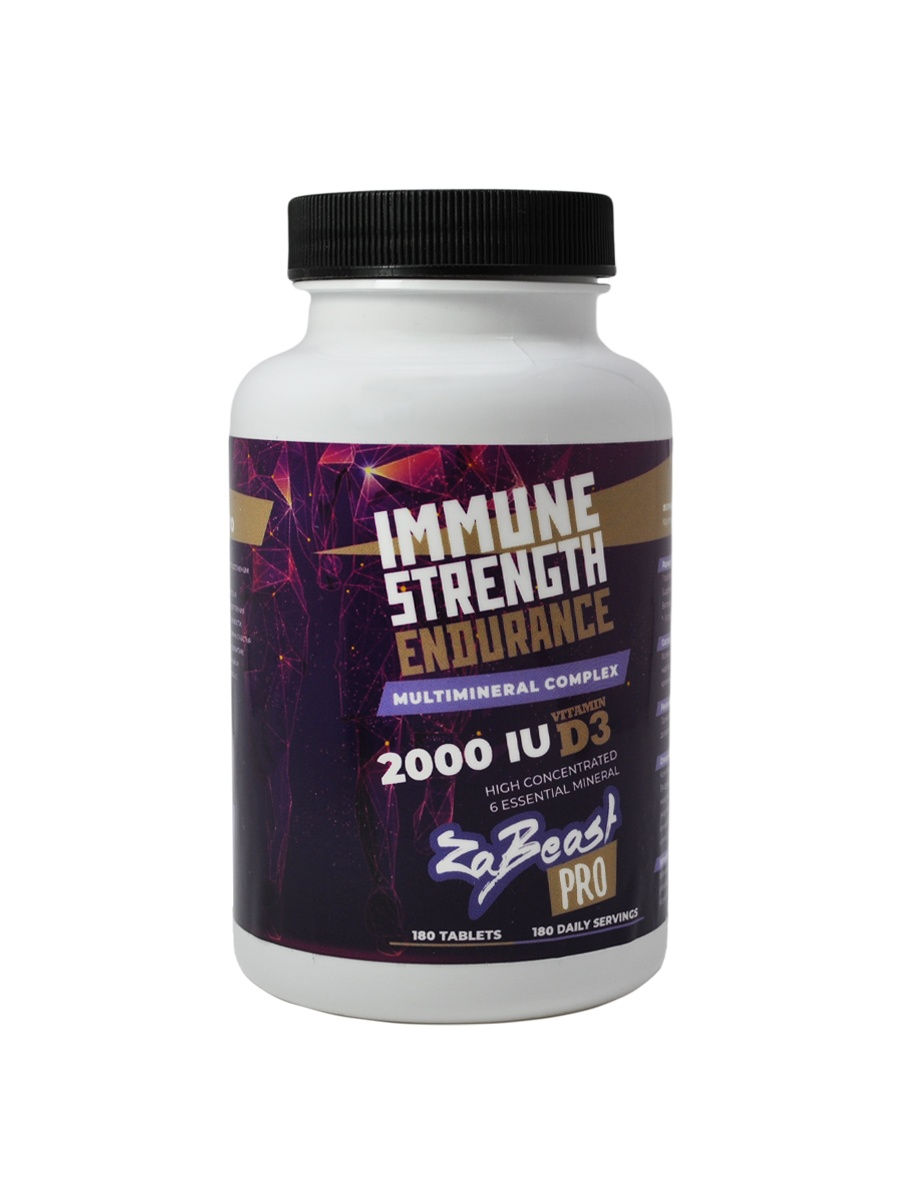
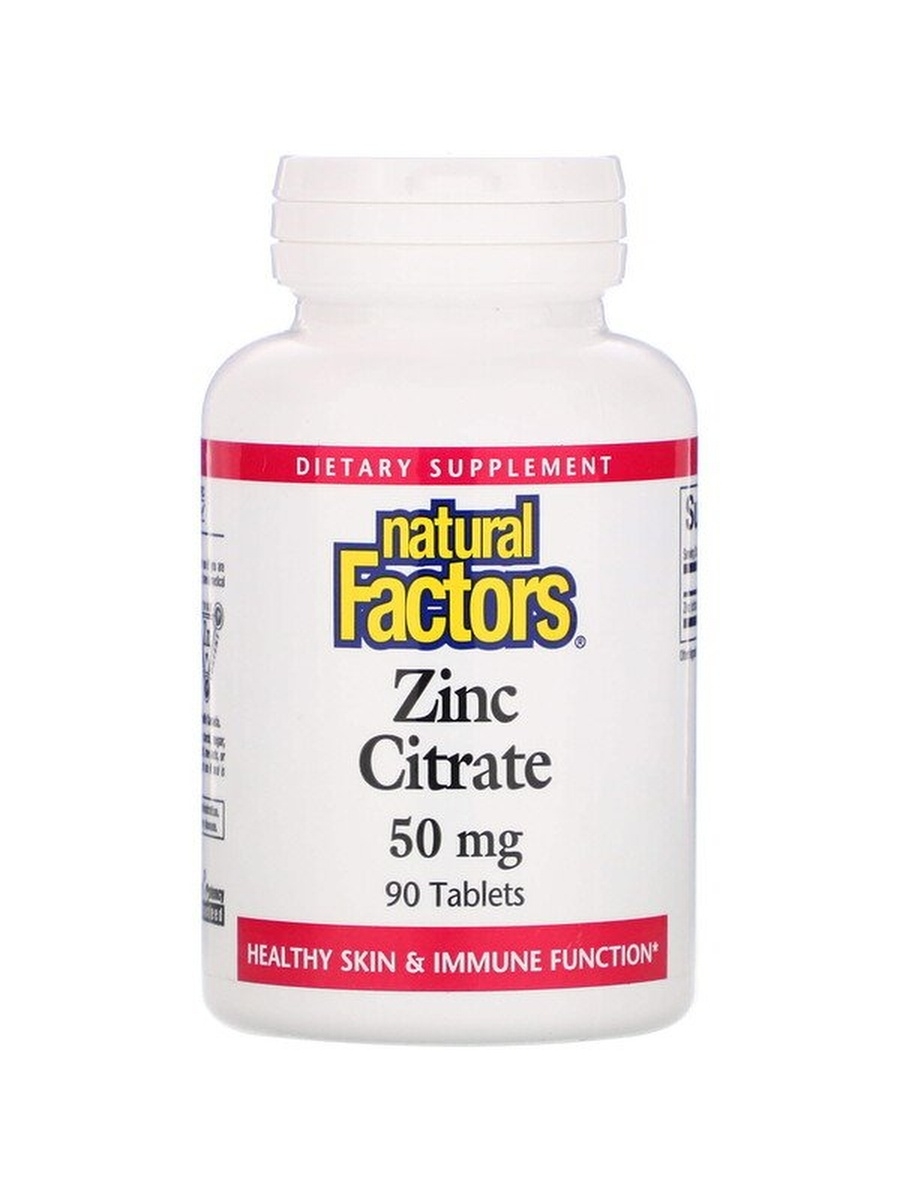
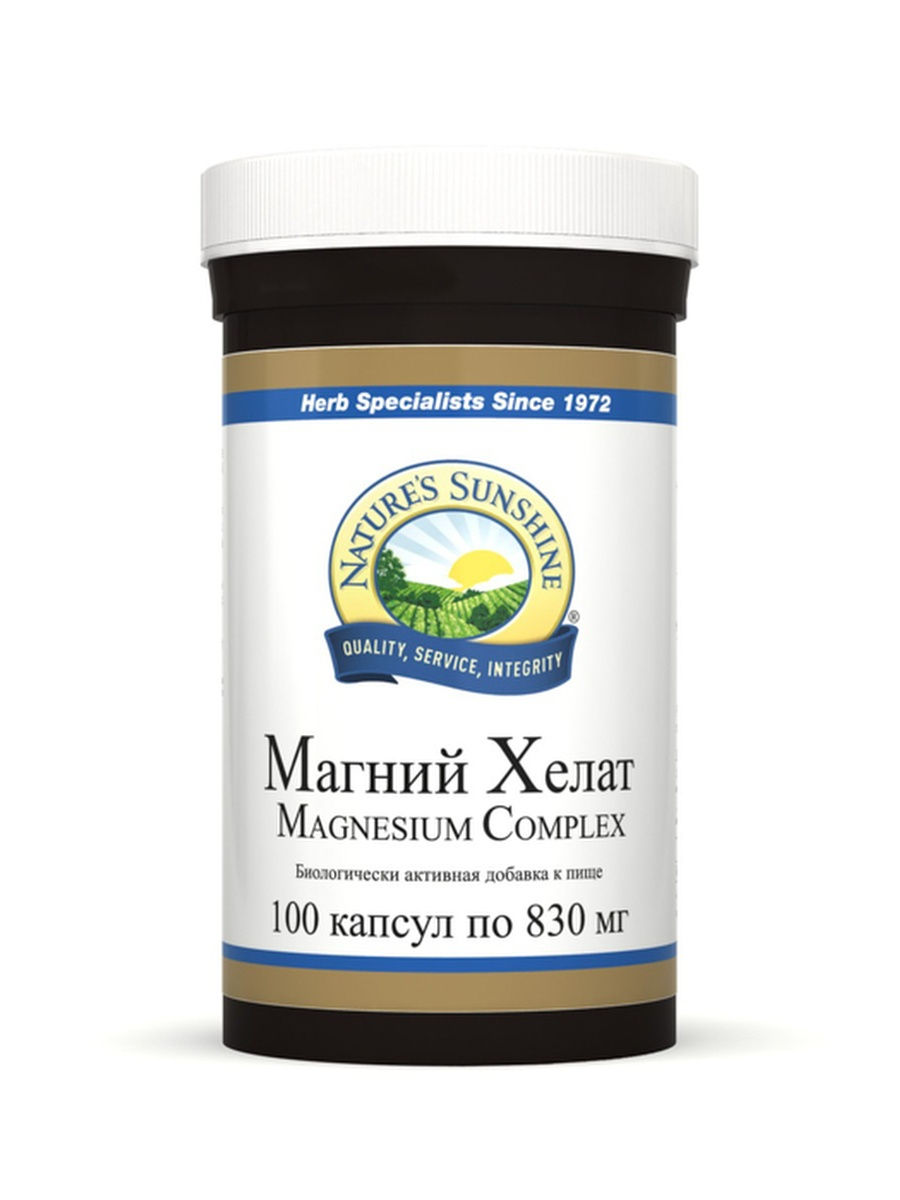
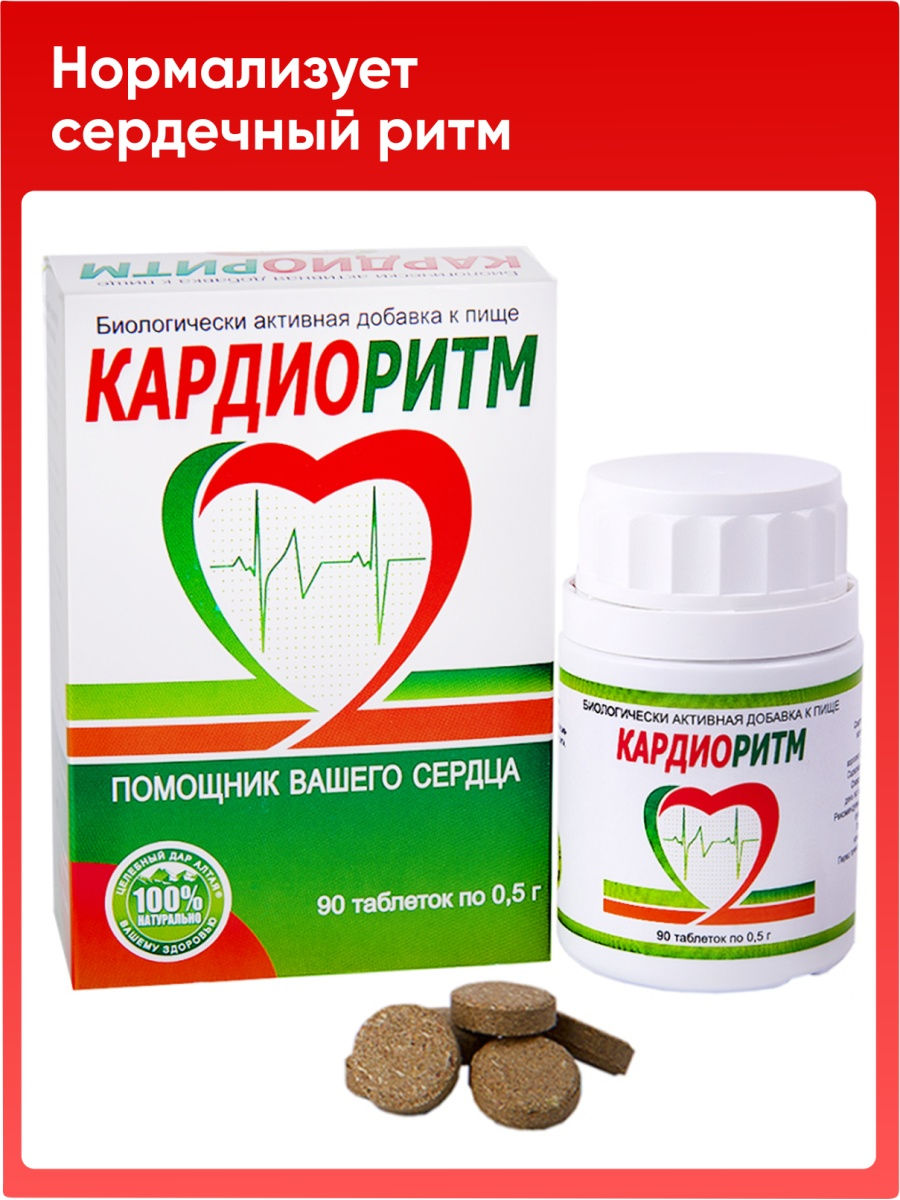
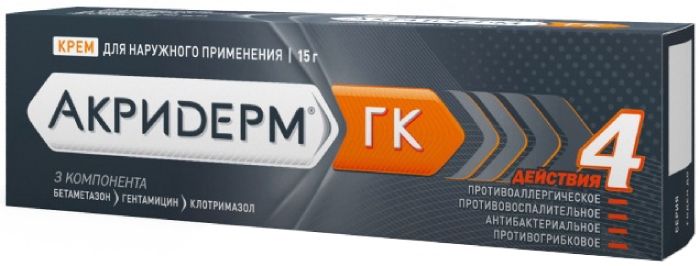




There are no reviews yet.